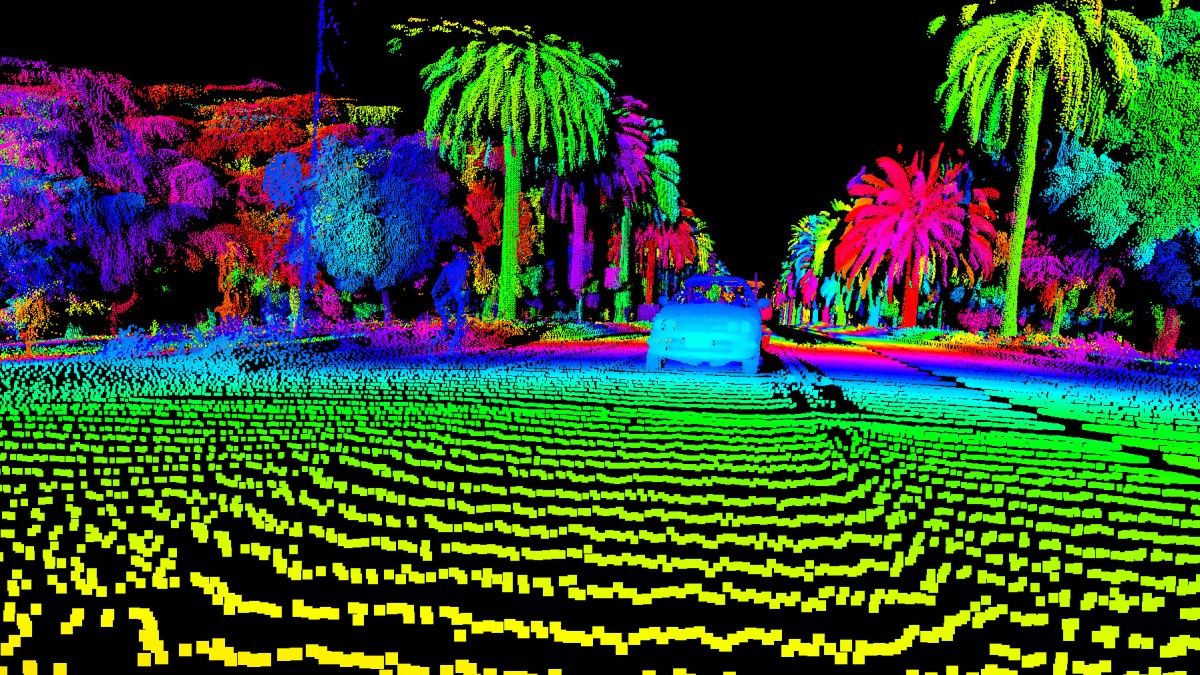Apr 13, 2017
Mach Effects for In Space Propulsion: Interstellar Mission
Posted by Klaus Baldauf in categories: cosmology, physics, space travel
NASA is funding Mach effect propulsion in the latest round of advanced concept projects.
Nextbigfuture has covered Woodwards Mach effect propulsion in dozens of articles.
They propose to study the implementation of an innovative thrust producing technology for use in NASA missions involving in space main propulsion. Mach Effect Thruster (MET) propulsion is based on peer-reviewed, technically credible physics. Mach effects are transient variations in the rest masses of objects that simultaneously experience accelerations and internal energy changes. They are predicted by standard physics where Mach’s principle applies – as discussed in peer-reviewed papers spanning 20 years and a recent book, Making Starships and Stargates: the Science of Interstellar Transport and Absurdly Benign Wormholes published recently by Springer-Verlag. These effects have the revolutionary capability to produce thrust without the irreversible ejection of propellant, eliminating the need to carry propellant as required with most other propulsion systems.
Continue reading “Mach Effects for In Space Propulsion: Interstellar Mission” »


















